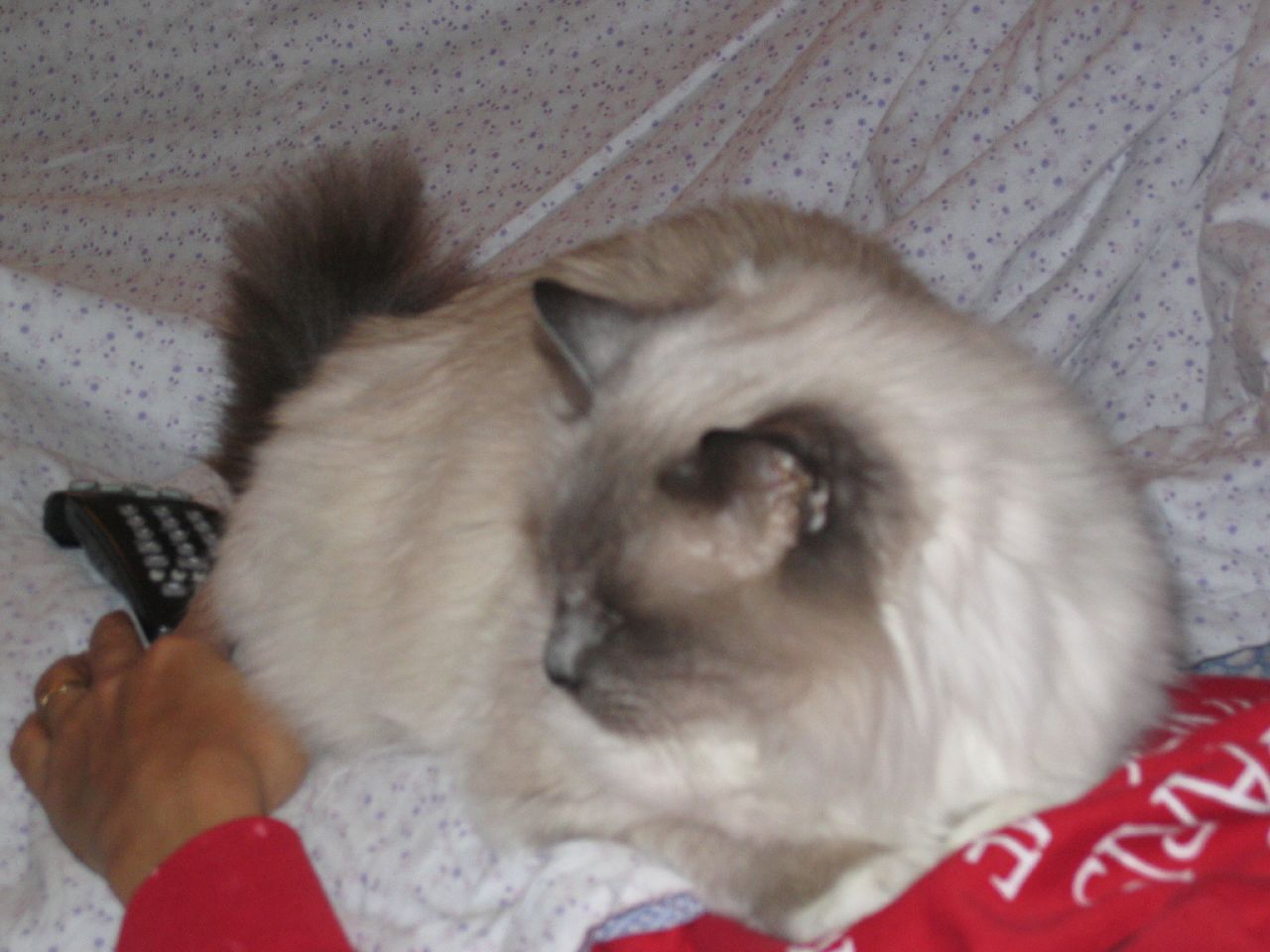During this weeks GDC'09, the OnLive service was announced and demoed. I can only really comment on this service based on the reviews and reports coming out of Joystiq, Gamespot, Engadget & others... The idea behind OnLive is to marry cloud computing with high end PC gaming. It is best described on the OnLive website How OnLive Works. Personally, I find this service intriguing and potentially a mini-revolution (might be a bit strong but that's why the mini prefix) in PC gaming. It also has the potential to open the availability and introduce gaming to a much globaller audience who don't have the buy-in power. It could also be a simple and interesting entry level platform for testing games before purchasing.
Much of the initial commentary coming out goes from amazement and how incredible a service like this would be to a yes but attitude and sceptism on the actually possibility and ability of the service to work. The main concern in current commentaries is the ability of the service to perform as stated due to a lack of network bandwidth and responsiveness. While I do agree that there a lot of challenges for this service to be able to get thinks working as smoothly as possible, my humble belief is that this service will get kicked off and have more than acceptable performance capabilities. One fo the reason I feel strongly is due to some of the minds behind OnLive. Steve Perlman, being on of those minds and one of the original technological minds behind Quicktime, has done a lot for streaming and has already provided some amazing solutions to optimize the interaction of the user and media across the Intranets [ed. note: I've had the chance to see Perlman talk in an Apple Dev. Conference and he knows what he is doing to be quite honest].
However, I need to disagree with the main focal points that a lot of commentary has taken. Much of the commentary has centered on the fact that they don't believe the service will work because of the network performance. My rant here has a lot to do with the fact that most of these reviewers are making assumptions based on their current network experience which is mostly USA, Canada or UK centric. These assumptions are based on areas where ISP performance is average and not fantastic or where there are known (or suspect) ISP network controls and restrictions. Nigel Cooke on his recent Monkyenuts podcast (episode 7) bought about similar comments but with a touch of his own experience on optimizing and managing corporate networks. While I respect his knowledge on the subject, you can't compare an Internet based service and network optimization approach to that of a corporation. Most coporate networks are based on a hub & spoke model which tends to lead to fixed route paths and a series of bottlenecks that hamper performance. The Internet being a much more meshed environment is constrained in this manner at least not until the last leg between the user and the ISP.
The problem with this overall line of thought is that it doesn't reflect a reality of what the network can actual do (where I live, my two ISPs provide me with amazing performance with average latency of @400ms, @1100 kb/s down & @350kb/s up) and the potential that a service like this can do with a proper network environment, network optimization and more importantly the optimization of the compression & handling software. The comments also don't take into account on the amount of advances that have been made in data center hardware and network advancements that have been made over the years especially by companies like Google that have learned how to make small footprint high-performance hardware and optimize the placement of that hardware to better serve the Internet.
Finally, some of my beliefs are founded on the fact that I have been involved over the years in projects where bringing distributed high-end pc computing over a network was successful. In a similar case, all graphics and manipulation was to be done on core centralized machines while the user would be provided with a web interface to manipulate the data and visualize the graphics models and displays.
So definitely a gaming technology to keep an eye on and potentially something bound for success. I for one would use this type of service to avoid the heart break of having to own multiple PCs or to continuously upgrade those machines!
Discuss this with me via my Seesmic Profile on this thread.
Article Links & References





